Cunningham Rhododendron Issues
christenw8
9 years ago
Featured Answer
Sort by:Oldest
Comments (10)
akamainegrower
9 years agodavidrt28 (zone 7)
9 years agoRelated Professionals
Foothill Ranch Landscape Architects & Landscape Designers · Concord Landscape Contractors · Cornelius Landscape Contractors · Danvers Landscape Contractors · Emmaus Landscape Contractors · Estelle Landscape Contractors · Galveston Landscape Contractors · Hoover Landscape Contractors · Lewisville Landscape Contractors · Mequon Landscape Contractors · Petaluma Landscape Contractors · Royal Oak Landscape Contractors · Shaker Heights Landscape Contractors · Webster Groves Landscape Contractors · Lauderdale Lakes Landscape Contractorschristenw8
9 years agodavidrt28 (zone 7)
9 years agochristenw8
9 years agodavidrt28 (zone 7)
9 years agochristenw8
9 years agoakamainegrower
9 years agorhodyman
9 years ago
Related Stories
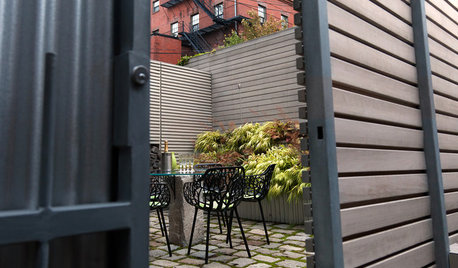
GARDENING AND LANDSCAPINGPostage Stamp Garden Delivers in Boston
A designer conquers an urban challenge with a private, green, modern space that honors New England tradition
Full Story
HOUZZ TV FAVORITESHouzz TV: Life, Love and Purpose Down on the Farm
A Missouri native proves that you can go home again — and discover something entirely unexpected
Full Story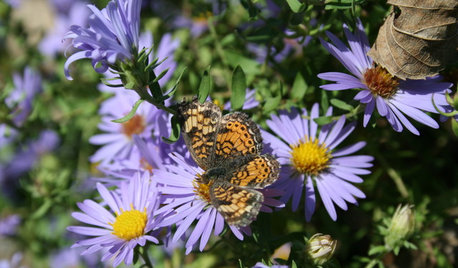

GROUND COVERSGround Force: 10 Top Ground Covers for Your Garden
Protect your soil from weeds and drought this summer with a living mulch of ground covers
Full Story
EDIBLE GARDENSSummer Crop: How to Grow Blueberries
Plant blueberries in spring or fall for garden beauty through three seasons — and a sweet superfood in summer
Full Story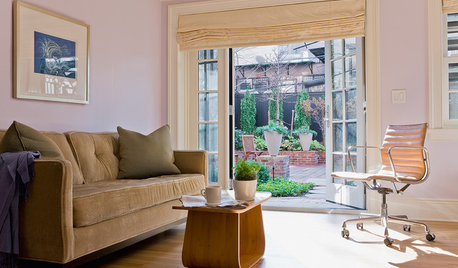
REMODELING GUIDESThe Case for Waiting to Remodel
We know, you're excited to make your home match your vision. But your vision may change once you've lived there awhile
Full Story
GARDENING GUIDESBackyard Birds: Invite Entertaining Hummingbirds Into Your Garden
Hummingbirds — unique to the Americas — zip through open landscapes seasonally or year-round. Here’s how to attract them
Full Story
LIFEFun Houzz: 14 Signs You’re an Interiors Geek
Are you obsessed with interiors? It’s OK, you can admit it — you’re among friends
Full Story
LANDSCAPE DESIGNProblem Solving With the Pros: How to Build a Garden in an Urban Canyon
Skyscrapers, noise and deep shade create an unlikely sweet spot for a timeless green retreat in New York City
Full Story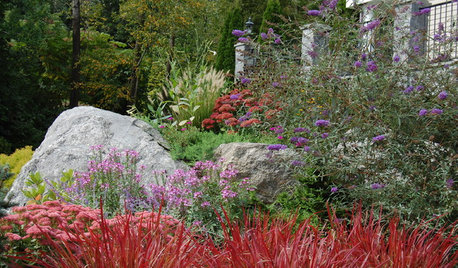
LANDSCAPE DESIGNHow to Design a Great Garden on a Sloped Lot
Get a designer's tips for turning a hillside yard into the beautiful garden you’ve been dreaming of
Full StorySponsored






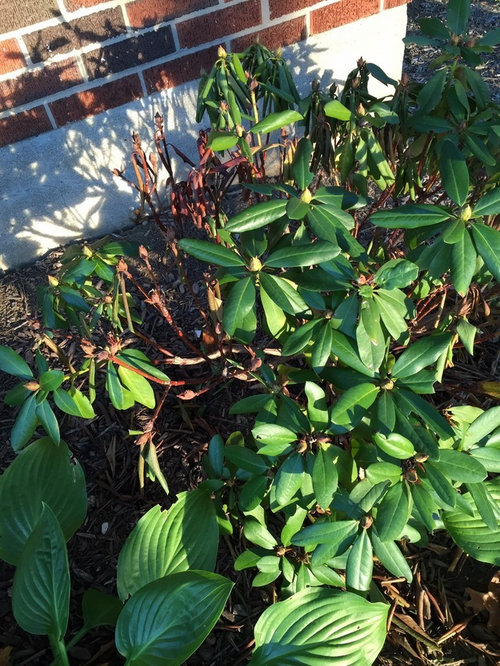
davidrt28 (zone 7)